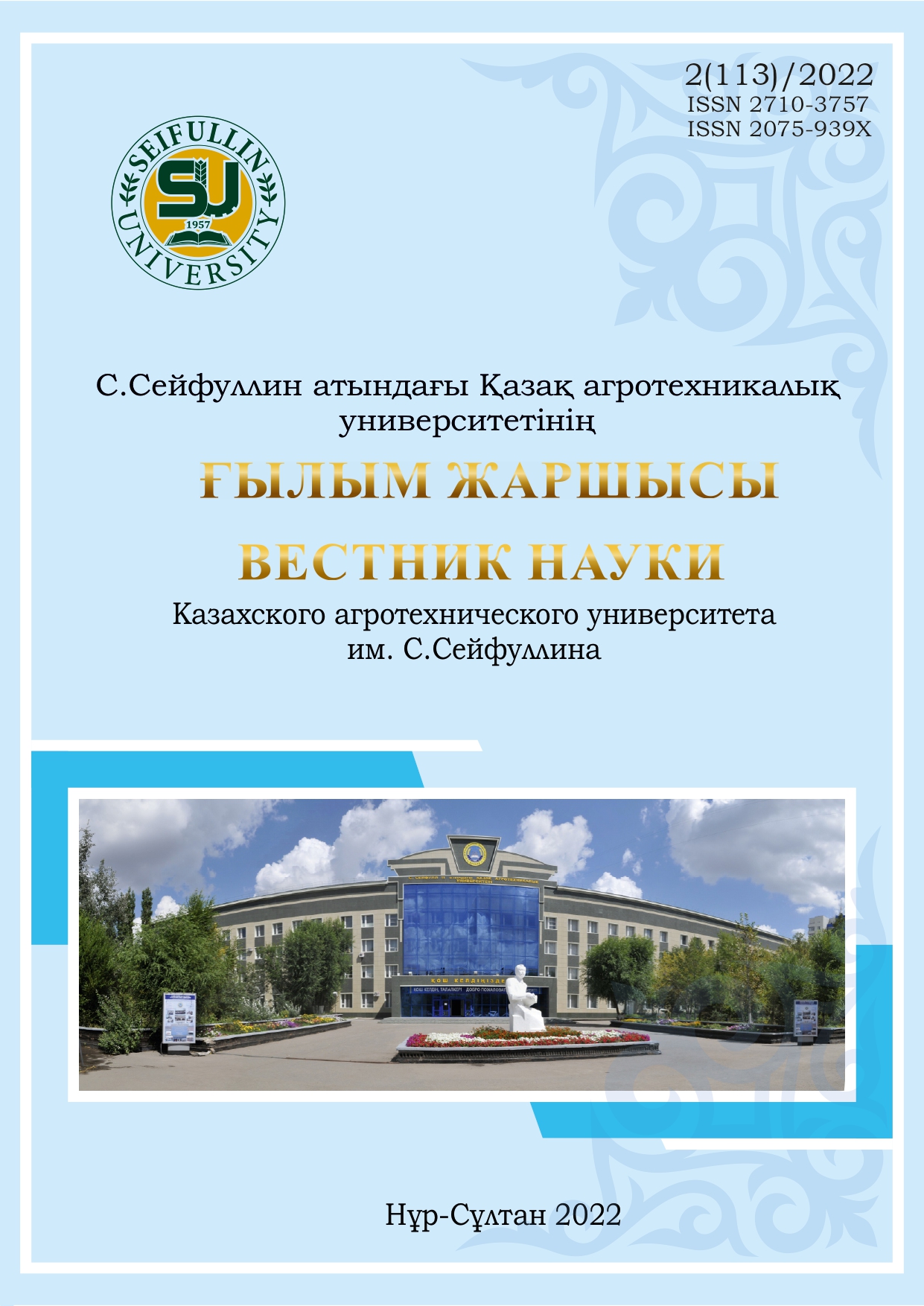STUDIES OF THE WATER ABSORPTING OF SELECTED SAMPLES OF FLOUR FOR GLUTEN-FREE PASTA
DOI:
https://doi.org/10.51452/kazatu.2022.2(113).1070Keywords:
gluten; gluten-free flour; water absorption of flour; nutritional value; experimental sample; pasta dough recipe; celiac disease.Abstract
Gluten - free pasta is a healthy and delicious alternative to wheat products. In the last few decades, this group of pasta, gluten-free, is consumed not only by a growing number of celiac patients, but also by other people who want to exclude gluten-based products from their diet for health reasons. However, the preparation of gluten-free pasta is difficult because gluten contributes to the formation of a strong protein network that prevents the dissolution of pasta during cooking. Currently, many gluten-free products on the market are of poor quality. To get good quality pasta from alternative materials, it is often necessary to change the traditional production process.
This article shows the water absorption capacity of selected domestic flour samples. Water significantly affects the rheological properties of gluten-free dough, its elasticity and resistance to deformation, the ability to retain gas. In addition, the water-holding ability of the dough affects the quality of bread, namely its texture, appearance, taste, shelf life. This determines the possibility of studying the physico-chemical properties of the main structural components in the feedstock.

